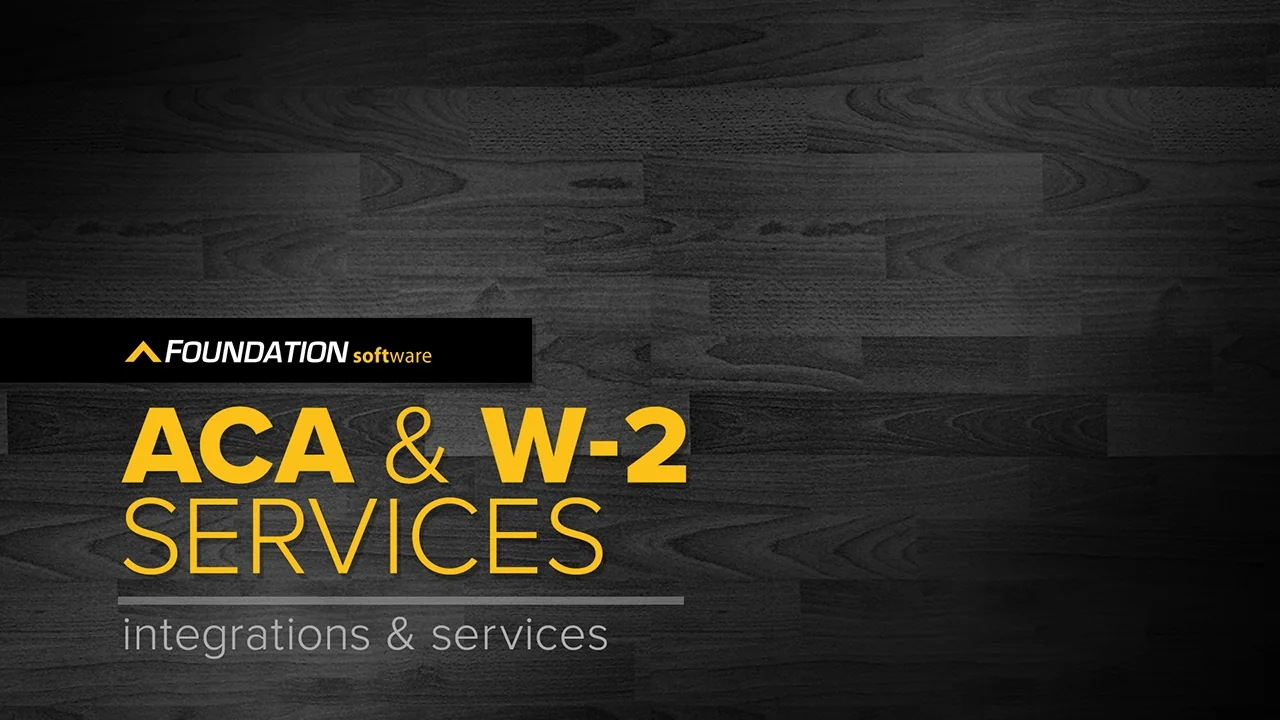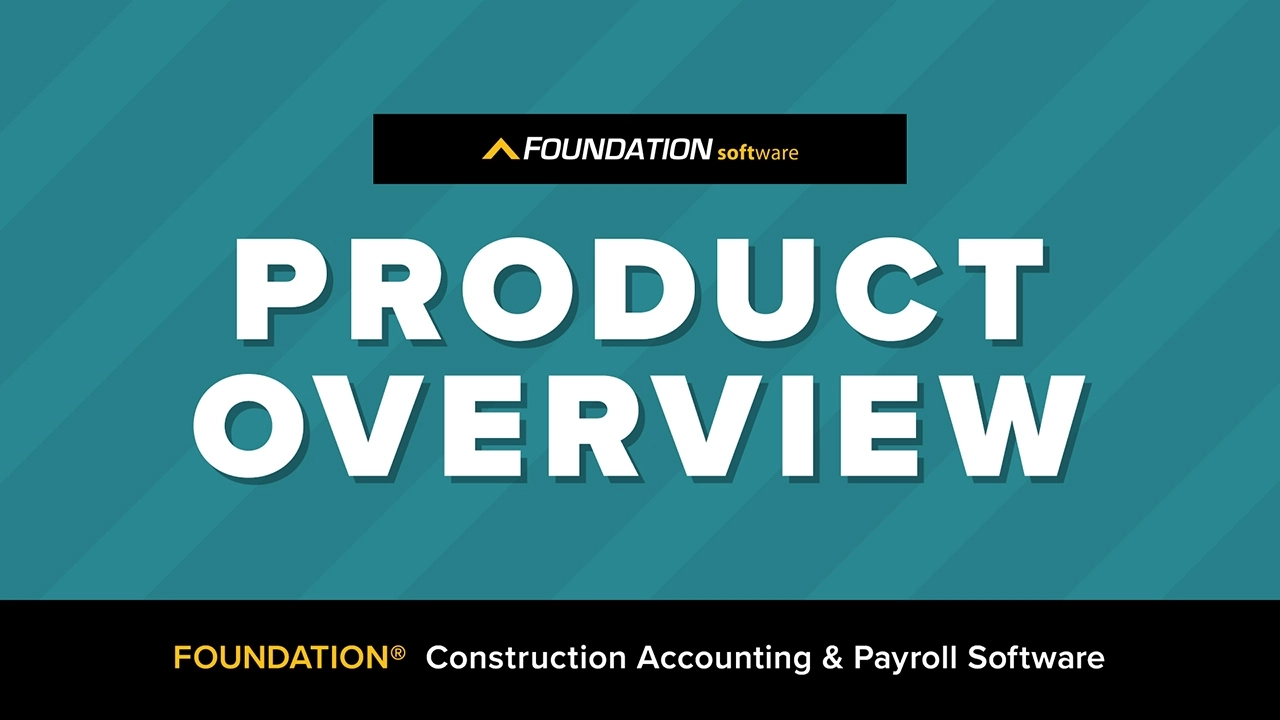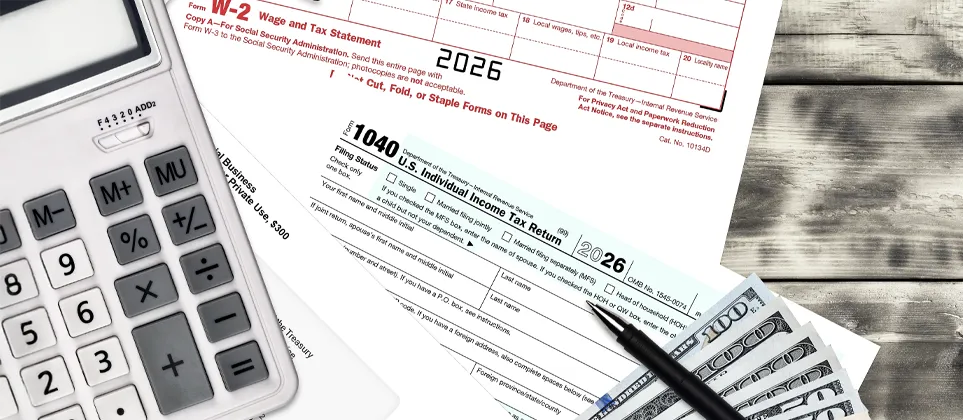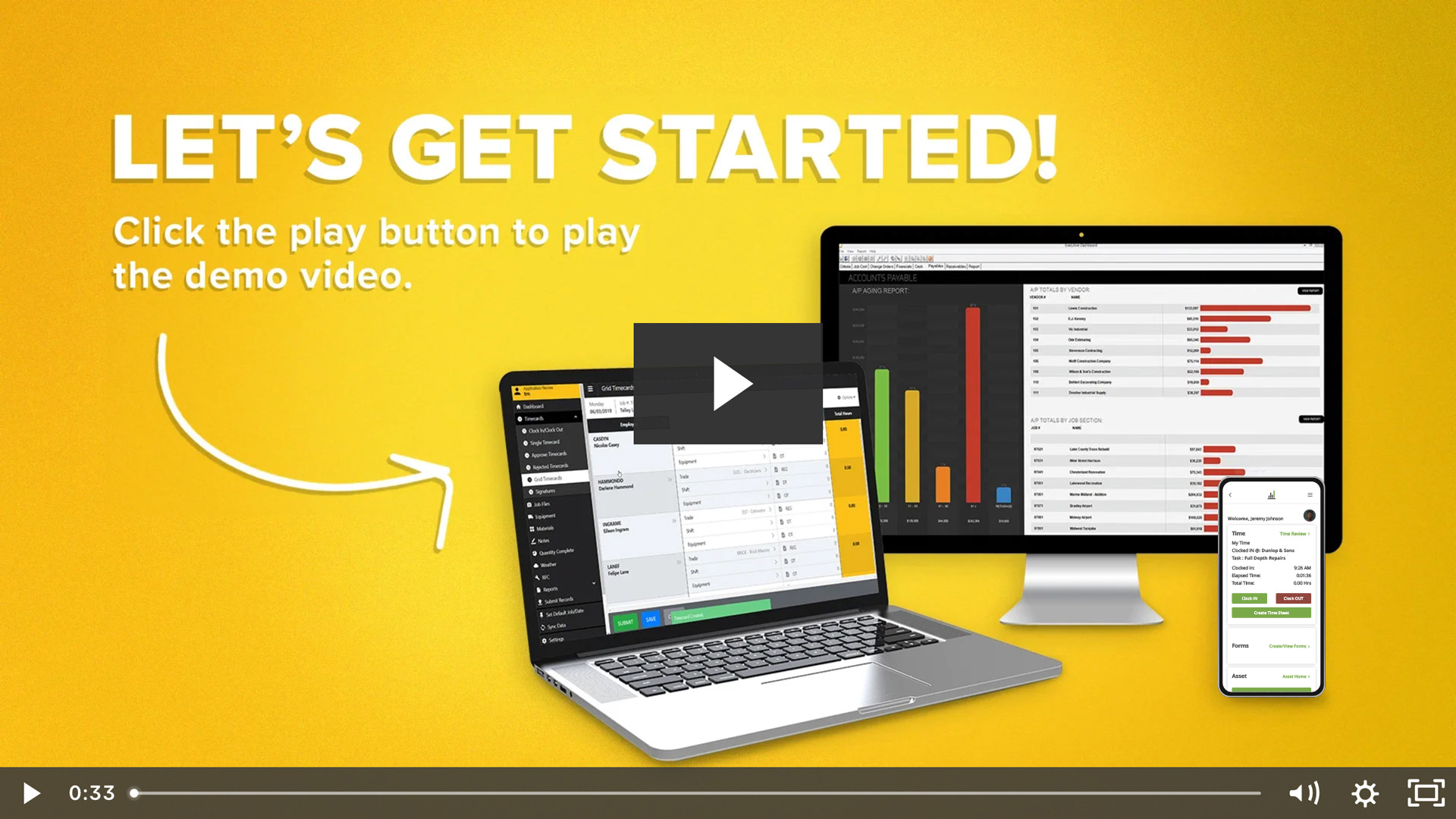
KPIs are essential tools that help construction businesses measure progress, pinpoint issues and make informed decisions.
Tight margins, unexpected delays and cash flow challenges — if you’re in the construction industry, these hurdles probably sound all too familiar.
According to a survey by Levelset, 97% of construction professionals experience stress due to slow payments and cash flow issues.
Only 11% reported being paid in full on every job, and a mere 9% always received timely payments, marking significant declines from previous years. These financial strains are compounded by project delays and cost overruns.
With so many moving parts, knowing where your construction business truly stands can be overwhelming.
That’s where construction KPIs, or key performance indicators, come in.
By turning raw data into actionable insights, KPIs offer a clear picture of what’s working — and what’s not.
And with the help of cloud-based accounting software, tracking and analyzing these critical construction business metrics becomes a whole lot easier.
Key Takeaways for Construction Contractors:
- Key Performance Indicators (KPIs) are vital tools for contractors to measure progress, identify problems and make informed decisions by transforming raw data into actionable insights across financial, operational and project-specific areas.
- Analyzing KPIs involves setting benchmarks, identifying trends, investigating deviations, taking corrective actions and conducting regular reviews to drive continuous improvement in construction business performance.
- Construction accounting software, like FOUNDATION®, offers powerful features such as customizable dashboards and automated reports that simplify the tracking and analysis of crucial KPIs, empowering contractors to gain data-driven insights for enhanced profitability and decision-making.
What Are Key Performance Indicators (KPIs)?
So, what is a KPI? Put simply, a KPI is a measurable value that shows how well your company is achieving key business goals.
Think of it as a health checkup for your business — only instead of a stethoscope, you’re using data.
Not all KPIs are created equal, though. Choosing well-defined and relevant KPIs helps you use analytics as an education tool to gain meaningful insights.
And within the world of KPIs, there are two main types to understand:
- Lagging indicators reflect past performance. For example, net profit margin tells you how profitable your last project was.
- Leading indicators help predict future outcomes. Think of safety training hours as a signal for future safety performance.
By tracking both, you can balance short-term snapshots with long-term planning — key to smart performance measurement in construction.
Why Do KPIs Matter for Construction Companies?
Construction companies need KPIs to track project profitability, resource efficiency, and operational performance across varying job costs and timelines.
Construction is unlike other industries. Projects vary widely in size, scope and duration, while resources are always on the move.
And profitability can swing dramatically from one job to the next. That’s why construction management KPIs are so important.
Here are a few ways contractor KPIs help address common pain points:
- Project profitability: Are your jobs actually making money?
- Resource utilization: Are you using labor and equipment efficiently?
- Cash flow management: Do your construction cash flow statements show funds available to cover upcoming costs?
- Schedule adherence: Are your projects staying on track?
- Safety performance: Are your crews operating safely and keeping up with compliance?
These construction project metrics not only reflect how your business is doing today but also help shape better decisions for tomorrow.
Contractors can avoid costly mistakes and optimize construction business performance with the right construction financial analysis.
What KPIs Should Construction Companies Monitor?
Construction companies should monitor financial KPIs (like profit margins and WIP reporting), operational KPIs (such as labor and equipment utilization), and project-based KPIs (including cost variance and safety metrics) to track performance across all business areas.
Let’s break down some of the most useful KPIs into three categories.
Financial KPIs
Understanding your company’s financial health starts with a few key metrics.
These KPIs help you measure profitability, manage risk and monitor the financial stability of your construction business.
Gross Profit Margin
Calculated as (Revenue – Direct Costs) divided by Revenue, this KPI reveals how efficiently your company is generating profit from projects before factoring in construction overhead allocation, making it a direct indicator of project profitability and estimating accuracy.
Net Profit Margin
By dividing Net Income by Revenue, this metric shows your company’s true bottom line after all expenses, helping you assess overall financial health and long-term sustainability.
Work-in-Progress (WIP) Reporting
WIP reports track how much of your project’s revenue and cost has been recognized over time, helping you identify overbilling or underbilling that could impact cash flow and profitability.
Operational KPIs
Operational KPIs focus on how effectively your resources — especially labor and equipment — are being used.
Monitoring these metrics can help you improve productivity, control costs and maximize efficiency.
Labor Utilization Rate
This is calculated by dividing Billable Hours by Total Hours Worked, and it measures how effectively your workforce is being used on revenue-generating activities — a critical insight for managing productivity and dealing with construction labor shortages.
Equipment Utilization Rate
By comparing Actual Equipment Use to Available Equipment Time, this KPI shows how efficiently your machinery and tools are being used, which helps reduce idle time and unnecessary equipment investments.
Overhead Rate
Calculated as Total Overhead divided by Total Revenue, this ratio shows how much of your income goes toward indirect costs, helping you keep a close eye on company-wide efficiency.
Project-Based KPIs
Project-specific KPIs let you evaluate individual job performance.
These metrics help you stay on top of budgets, timelines and safety so you can catch issues early and keep projects moving forward.
Cost Variance (CV)
Determined by subtracting Actual Cost from Earned Value, this KPI monitors your construction budget whether a project is under or over, providing a quick pulse on financial performance during execution.
Schedule Variance (SV)
Calculated as Earned Value minus Planned Value, this metric tells you if your project is ahead of or behind schedule, enabling proactive scheduling adjustments when needed.
Safety Incident Rate
This is measured by multiplying the number of incidents by 200,000 and dividing by the total number of hours worked; it reflects the frequency of workplace injuries and is key to maintaining compliance, protecting your workforce and avoiding costly delays.
How Do I Analyze KPIs for My Business?

Construction companies analyze KPIs by setting benchmarks, identifying trends over time, investigating deviations from targets, and taking corrective actions based on data insights.
Tracking KPIs is only the first step — KPI analysis is where the real value lies.
Here’s how contractors can turn numbers into action:
- Set Benchmarks: Compare your performance against industry standards, historical data, or internal goals. While there’s no universal “perfect” number to hit for every KPI, setting benchmarks allows you to measure progress over time. If a KPI falls short of your target, that’s a signal that an area may need attention — whether it’s efficiency, cost control or project execution.
- Identify Trends: Look at changes over time to uncover patterns, such as rising labor costs or improved billing efficiency.
- Investigate Deviations: When KPIs fall outside expectations, dig into the “why.” Are delays due to scheduling gaps, weather or supply chain issues?
- Take Corrective Actions: Use your insights to adjust workflows, improve training, manage staffing or reevaluate pricing strategies.
- Review Regularly: Schedule consistent KPI check-ins as part of your construction business analysis routine to stay on top of performance.
Using construction management software with robust construction billing reporting options makes it easier to interpret data, uncover insights and implement performance improvement strategies.
How Does Software Track and Analyze KPIs?
With construction accounting software, contractors can track all the KPIs mentioned above — and more — through powerful tools like:
- Customizable dashboards
- Automated reports
- Real-time data access
- WIP and job costing reports
These features help you manage KPIs with confidence, using construction accounting software built for your unique needs.
Whether you’re focused on monitoring cash flow, job profitability or labor efficiency, FOUNDATION provides a clear view through a powerful KPI dashboard.
Collecting Data-Driven Insights With FOUNDATION
Understanding and using key performance indicators is one of the most effective ways to improve construction profitability and strengthen decision-making.
By leveraging the right accounting software for construction FOUNDATION, contractors can turn everyday data into insights that drive construction business success.
Learn how FOUNDATION accounting software can help you track, analyze and act on the KPIs that matter most.
Chat with a specialist today to learn more!
Share Article
Keep on current news in the construction industry. Subscribe to free eNews!
Our Top 3 YouTube Videos
Learn about our software more in depth with product overviews, demos, and much more!

Our ACA reporting & e-filing services include official 1094-C and 1095-C IRS reporting, optional e-filing (no applying for a TCC code required), mailing to your employees and experienced support to help you.

There are plenty of reasons to make FOUNDATION your choice for job cost accounting and construction management software — just ask our clients!

From job cost accounting software, to construction-specific payroll. Get an overview on your next all-in-one back-office solution.



